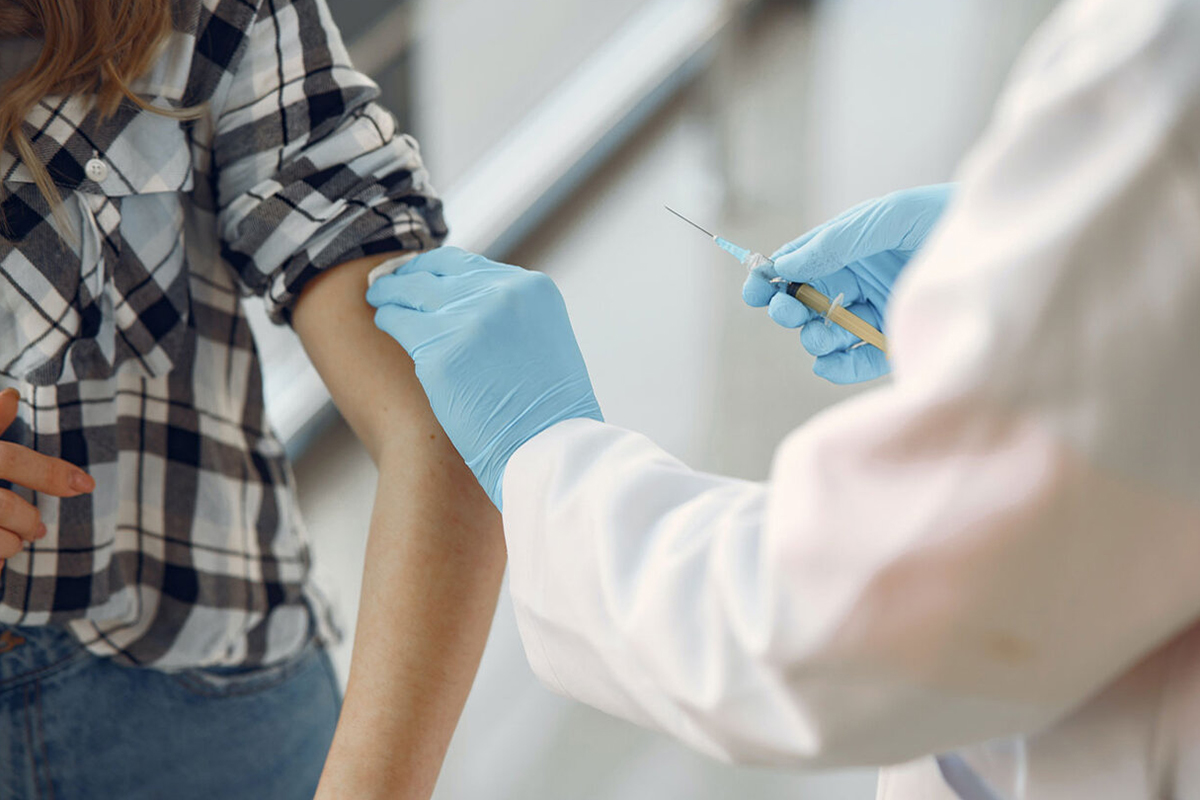How does the new Janssen (Johnson & Johnson) vaccine compare with Pfizer and Moderna?

Today (Feb 27, 2021), the FDA issued an Emergency Use Authorization (EUA) for the third SARS-CoV-2 vaccine now available in the US. It is manufactured by Janssen, a subsidiary of Johnson & Johnson. How does the Janssen vaccine stack up against Pfizer and Moderna?
Dose:
Janssen is a single dose. Pfizer and Moderna call for two doses.
Side effects comparison of the 3 vaccines now available in the US:
The FDA reported side effects of the Janssen vaccine are significantly milder and shorter duration than those of Pfizer and Moderna.
1. J&J: The most commonly reported side effects were pain at the injection site, headache, fatigue, muscle aches and nausea. Most of these side effects occurred within 1-2 days following vaccination and were mild to moderate in severity and lasted 1-2 days.
Janssen COVID-19 Vaccine | FDA
2. Pfizer: The most commonly reported side effects, which typically lasted several days, were pain at the injection site, tiredness, headache, muscle pain, chills, joint pain, and fever. Of note, more people experienced these side effects after the second dose than after the first dose, so it is important for vaccination providers and recipients to expect that there may be some side effects after either dose, but even more so after the second dose.
Pfizer-BioNTech COVID-19 Vaccine | FDA
3. Moderna: The most commonly reported side effects, which typically lasted several days, were pain at the injection site, tiredness, headache, muscle pain, chills, joint pain, swollen lymph nodes in the same arm as the injection, nausea, and vomiting, and fever. Of note, more people experienced these side effects after the second dose than after the first dose, so it is important for vaccination providers and recipients to expect that there may be some side effects after either dose, but even more so after the second dose.
Moderna COVID-19 Vaccine | FDA
Efficacy of the Janssen vaccine:
100% effective at preventing hospitalization and death (28 days or more after the vaccination).
85% effective at preventing severe/critical infection (28 days or more after vaccination).
66% (72% in the US) effective at preventing all infection at any time after vaccination (which is a lower number than the 28-day post-vaccine immunity effectivity of severe infection because you shouldn’t have significant immunity within the first few days after most any vaccination, and also because the 66% value includes effectivity overall including the South Africa and other variants).
These numbers provide evidence that the Janssen vaccine is highly effective, especially considering that the FDA currently believes that 60% immunity is required for herd immunity to SARS-CoV-2.
The raw data in this paragraph was obtained from the 8-hour video of the 2/26/21 FDA advisory committee meeting, available at this link:
Previously reported efficacies of the Pfizer and Moderna vaccines, and why they can’t be compared to the current Janssen vaccine efficacy:
Some who misunderstand vaccine data have pointed only to the Janssen vaccine’s lowest category of published efficacy (66%), comparing it to Pfizer (95%) and Moderna (94%). However, this is like comparing apples to oranges. 66% only refers to one category of test data. Also, the Pfizer and Moderna vaccines were tested months before the Janssen vaccine, resulting in data that doesn’t include global efficacy against resistant viral variants that are prevalent today.
